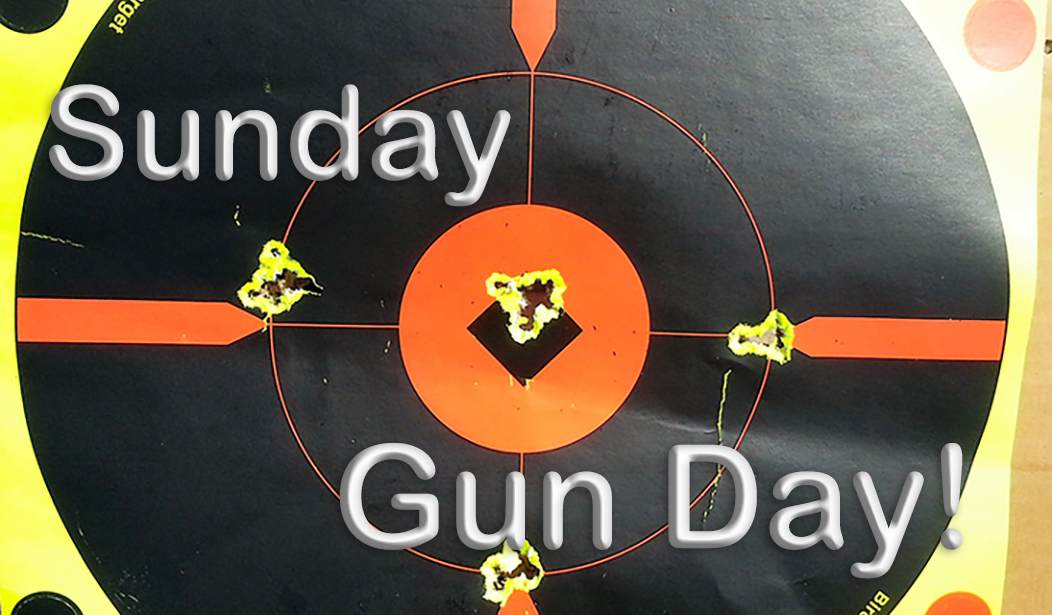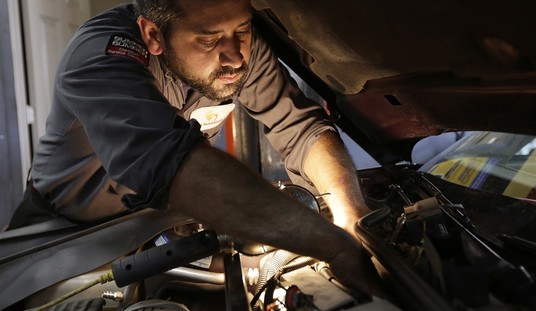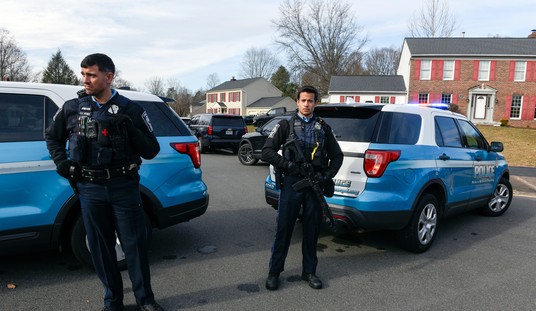This One Time:
I suppose I was about 20, making this 1981 or 1982. I was looking over the used-gun case at a local sports outlet, the famous Olsen’s Boat House and Sporting Goods store in Cedar Falls, Iowa. An odd-looking handgun caught my eye.
“What’s that?” I asked the proprietor, old Bob Olsen.
“It’s a Whitney Wolverine,” Bob replied.
I’d never heard of a Whitney Wolverine. It was a small .22 long rifle semi-auto, with a slick, space-age look and a grip angle that looked a bit odd.
I asked if I could look at it. Bob knew I was a little short, age-wise, of being able to buy it myself, but he’d known me since I was a kid, so he hauled it out and let me have a look. It was interesting, but I decided I liked my Dad’s old Ruger Standard better. So I handed the Whitney Wolverine back to old Bob and thought no more of it for many years.
Until a friend of mine bought one, that is. More on that in a moment.
Read More: Sunday Gun Day Vol. II Ep. LI - Fun Stuff in Old Gun Shops
The Design:
In 1956, a fellow named Robert Hillberg was working at the High Standard Manufacturing Company, after working for various aircraft manufacturers as well as his pre-war work with the Colt Firearms Company. During the war, he had been working with aluminum casting for aircraft machine guns.
Hillberg was one of the more remarkable gun designers that most people have never heard of. In addition to the Whitney Wolverine, he also designed the Wildey .45 gas-operated semi-auto pistol, the COP .357 Magnum derringer, and had a hand in the development of the M-60 machine gun – the “Pig”.
The Wolverine itself was a pretty standard thing, other than its unconventional looks and grip angle. It had a 1911-style safety, but the magazine release was on the bottom of the grip, in the manner of the early Ruger Standard/Mk I and Mk II pistols. But the Wolverine was light, with its aluminum frame, weighing in at only 23 ounces with its 10-round magazine. It does not have a slide, but rather a tubular aluminum receiver with an internal bolt, like the competing Rugers; it was, though, fired by an external hammer, not an internal striker.
We might note that Robert Hillberg was one of a long, long list of outstanding people who shared one impressive characteristic: He was from Iowa, having been born in Anamosa in 1917.
The Guns:
The Forgotten Weapons YouTube channel has some great insights in the history of this piece:
And, as the video points out, the production history of the Wolverine was beset with legal troubles. Hillberg and company set out to have the Wolverine built, and found themselves working with a company called the Bellmore-John Tool Company. The rest, the Rock Island Auction Company described in their treatise on the Wolverine:Already having a desire to design and make a new .22 caliber pistol, Hillberg’s first order of business after this hire was to begin putting pen to paper and making his long time ideas a reality. Working out all the kinks took Bob into 1955, when the first prototype of the Whitney pistol (still dubbed a Tri-Matic at that point) was made at the BJT facility entirely by hand, it functioned flawlessly and was given the serial number 1. Hillberg now had full drawings and a functioning prototype with a sleek, space-age appearance. It was time to make some money for all his hard work and what would happen next would determine the fate of the company and the pistol.
The problem came some time later, when the distribution of the Whitney Wolverine was bound up in a contract with one distributor, one Jacques Galef.
To that end, Hillberg and Howard Johnson, execs at BJT, were referred by a friend to see one Mr. Jacques Galef, a nationally known firearms distributor who was able to help said friend when he was in a jam. Galef was immediately impressed with the pistol and even more impressed with its performance at a local firing range where the gun was fired by Hillberg so quickly that Galef swore it was the fastest-firing pistol he’d ever seen! Never mind that Hillberg could make most any semi-auto fire that quickly and tried to tell his potential client just that, Galef was won over. He would market the gun and placed an order for 10,000 pistols.
The gun didn’t sell as well as they’d hoped. Before long, Jacques Galef informed the new Whitney company not to send him any more pistols, as he already had a warehouse full. This was a considerable setback to Whitney, as they were locked into a distribution contract with Galef, and he didn’t want any more guns.
Some other companies, including Sears-Roebuck, expressed some interest in the gun and offered to pay Galef a royalty to handle distribution themselves, but that deal never happened, for reasons that are not clear today.
Finally, Robert Hillberg and company walked away. They sold the company to one Charles Lowe after building only 10,793 guns. Lowe moved production to his own facility, but Galef sued, seeking to hold on to the distribution rights. Not wanting to chance building guns that he would have to pay Galef for if Galef won the lawsuit, Lowe ceased production. It’s unclear how many guns Lowe built.
That, other than a few third-party reproduction efforts, was the end of this rather unique sidearm. Olympic Arms tried to bring back the Wolverine, replacing the aluminum frame with a polymer version, but that effort sputtered. It’s not clear exactly how many guns were made by Olympic. Another company, the Samson Manufacturing Corporation, tried to ramp up to produce the Wolverine, but ended up not producing a single piece.
Read More: Sunday Gun Day Vol. III Ep. V - Guns Nobody Is Making Replicas of, but Should
Nowadays:
These days, the Whitney Wolverine is something of an oddball collector’s device. A friend of mine found one at an auction, bought it, shot it a few times, grew bored with it in spite of its ’60s James Bond movie looks, and sold it again. To hear him tell it, his experience was like mine; his Ruger MkII Target was more accurate, easier to shoot, with better ergonomics and better fit and finish.
That’s where it stands today; the Whitney Wolverine, that space-age-looking pistol with conventional workings, is no longer a going concern – just another interesting oddball from this big, beautiful picture of American firearms history.














